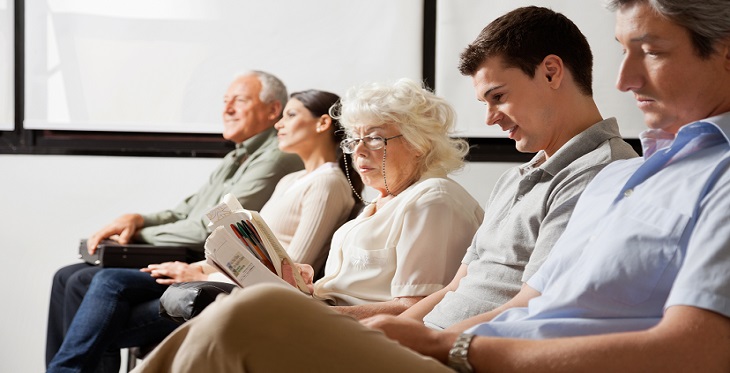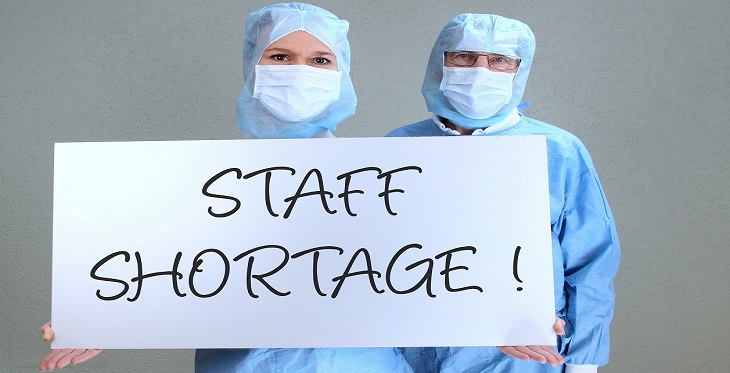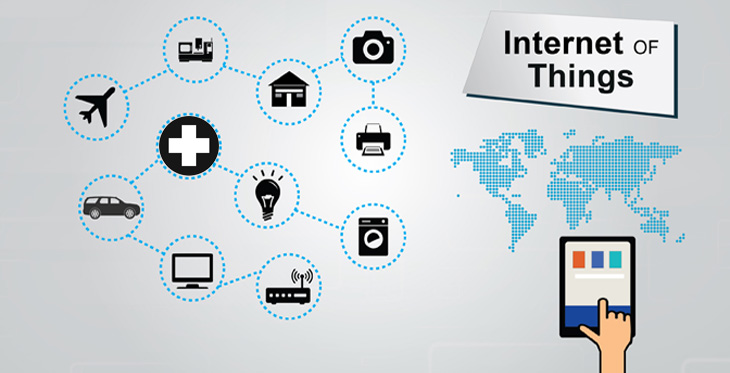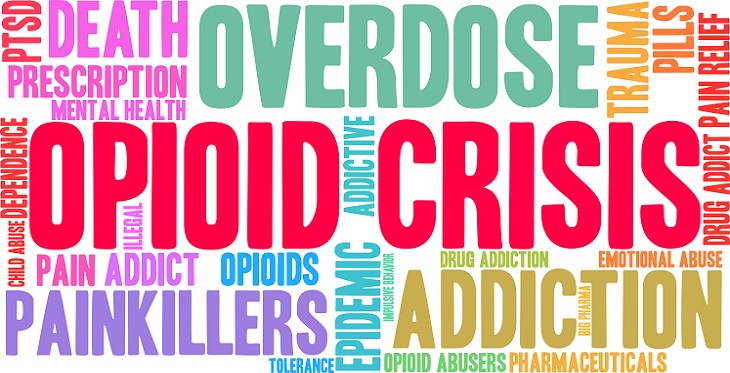Patients, physicians and hospital staff alike can agree that the waiting room is not typically a positive experience for patients. According to a survey conducted by the design and development firm Sequence, 85 percent of patients reported that they wait anywhere from 10 to 30 minutes past their scheduled appointment times until they see their physicians. Patients consider this to be valuable time that's put to waste and in many cases, their levels of anxiety exacerbate.
While new organizational methods and procedural changes can help get the waiting room in great shape, telemedicine has proved it can help healthcare organizations diminish the long waits and frustrations that patients experience. Here's how telemedicine can improve the reputation of the waiting room:




